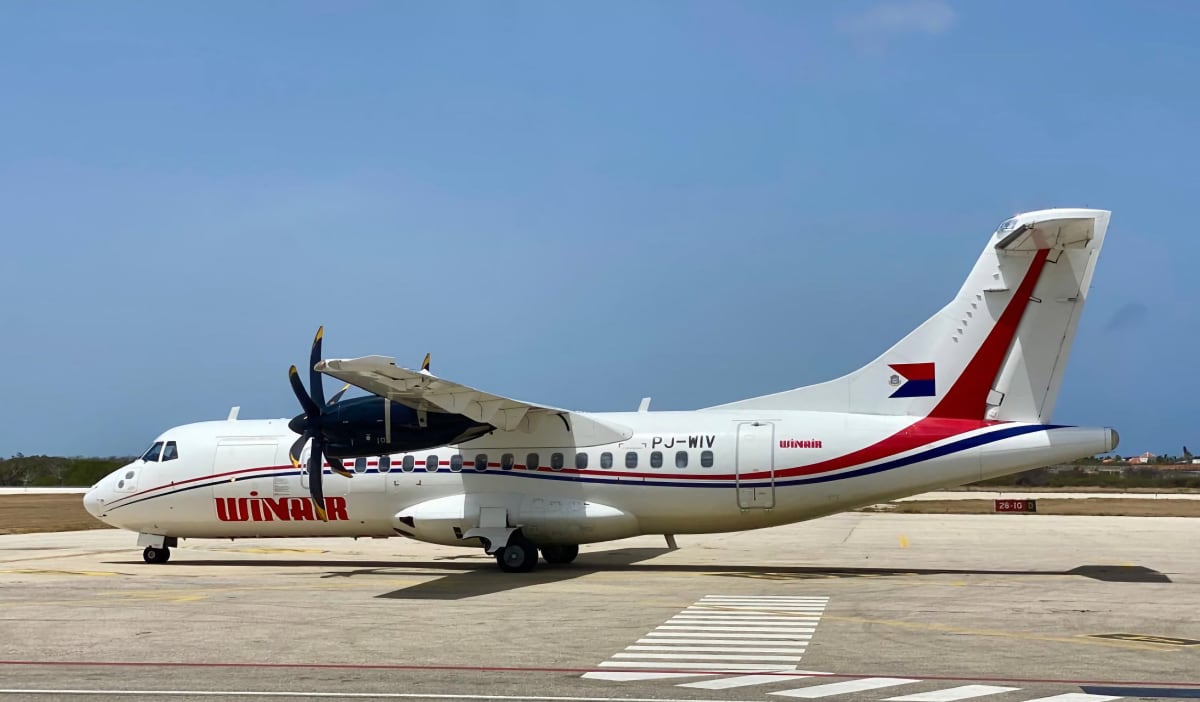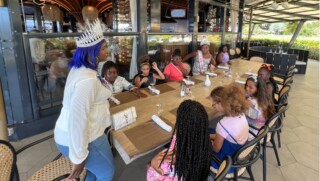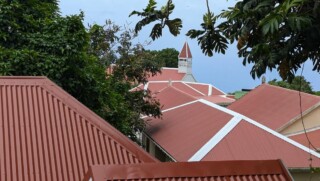New studies aid understanding of Hurricane Impact on Statia

Oranjestad, St. Eustatius – Sint Eustatius was hit by two major hurricanes, Irma and Maria, during the high-intensity season of 2017. Two new studies aid our understanding of how local populations deal with these destructive events.
Caribbean flora and fauna have always dealt with the destructive forces of hurricanes. However, as climate change is leading to an increase in their frequency and strength and many species have decreased in abundance due to anthropogenic causes, a better understanding of how hurricanes effect local populations is essential.
The Caribbean hurricane season of 2017 was the most intense recorded to date. Both Irma and Maria, category-5 hurricanes, closely passed Sint Eustatius and caused major destruction on the island; reported on in this Nature Today article. Although immediately after the storms it became clear that trees were heavily affected and mostly defoliated, understanding how and which species were affected requires time for data collection and comparison. Since 2017, several studies have provided pieces of information in order to understand how local populations coped, or not, with the 2017 hurricane season.
Since 2017, researchers have found that >90% of all trees were defoliated by more than ¾, and that especially trees at higher elevations (such as on the Quill volcano) were affected more severely. Another study that focused on the endangered Bridled Quail-dove (Geotrygon mystacea), demonstrated that the population declined by 77% in 2019 compared to pre-hurricane levels. A follow-up study in 2021 (not yet published) recorded a further decline to just 125 individuals, and the Bridled Quail-dove will likely be re-assessed by the IUCN.
Focusing on reptile species, two novel studies further aid our understanding of the ecosystem-wide impact that the 2017-hurricane season had on Statian biodiversity:
The first study demonstrates that the Red-bellied Racer (Alsophis rufiventris), indicated as Vulnerable by the IUCN, a harmless snake species now found only on St. Eustatius and Saba, was dramatically affected by the hurricanes. Compared to pre-hurricane density estimates (9.2 racers per hectare), post-hurricane estimates decreased by almost 50%. Encounter rates of individual racers have dropped from 16.0 snakes/hour in 2011 to less than 0.5 snakes/hour (post-hurricane). Given the current small size of the remaining population and the fact that the species’ current range is just 11% of its original extent, local extirpation is a real risk.
The second study, focusing on the Critically Endangered (Iguana delicatissima), shows that its population decreased by at least 20% during 2017. Comparing sighting and survey data from 2017–2018, the authors found a decrease in both the abundance and population size of the iguana species. Importantly, no recovery was observed in 2019, suggesting this small population needs multiple consecutive years without major hurricanes to recover. Interestingly, similar to Statia’s forests, iguanas at higher elevations were found to have been affected more severely.
Small islands such as Sint Eustatius are home to declining populations of rare and endangered species. In many cases, these isolated populations are unable to migrate between islands and thus populations can only locally increase in size. These new studies highlight the need to improve habitat quality and lower anthropogenic threats to optimize the natural recovery of both species. Ideally, at least for Iguana delicatissima, population increase could be aided by a local head-starting project where baby iguanas are nourished and released once they are larger and more likely to survive.
Also read
- Traveling abroad?

- Curaçao Seeks ‘Level Playing Field’ for Local Airlines

- First Edition of Bonaire by Night on Friday, August 2

- Edsel Winklaar appointed interim director at Selibon N.V.

- Bonaire Human Rights Organization advocates for Bonaire in Azerbaijan













